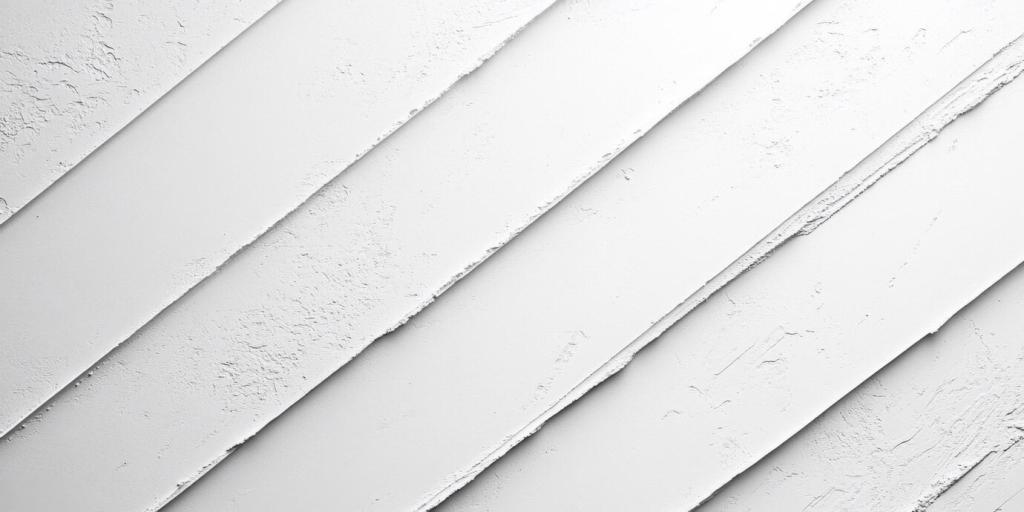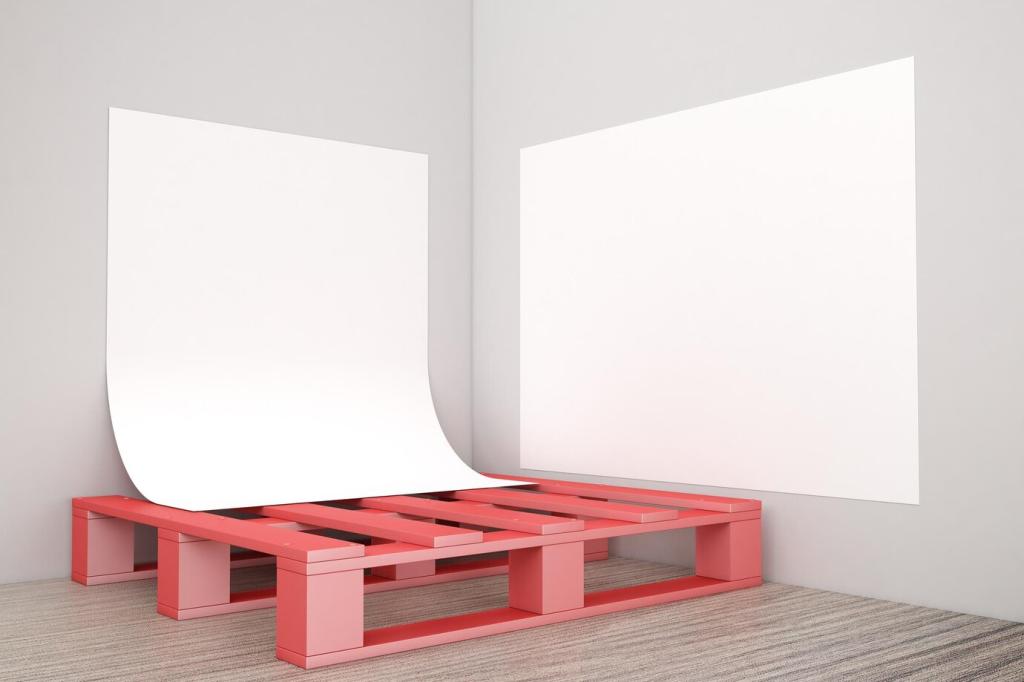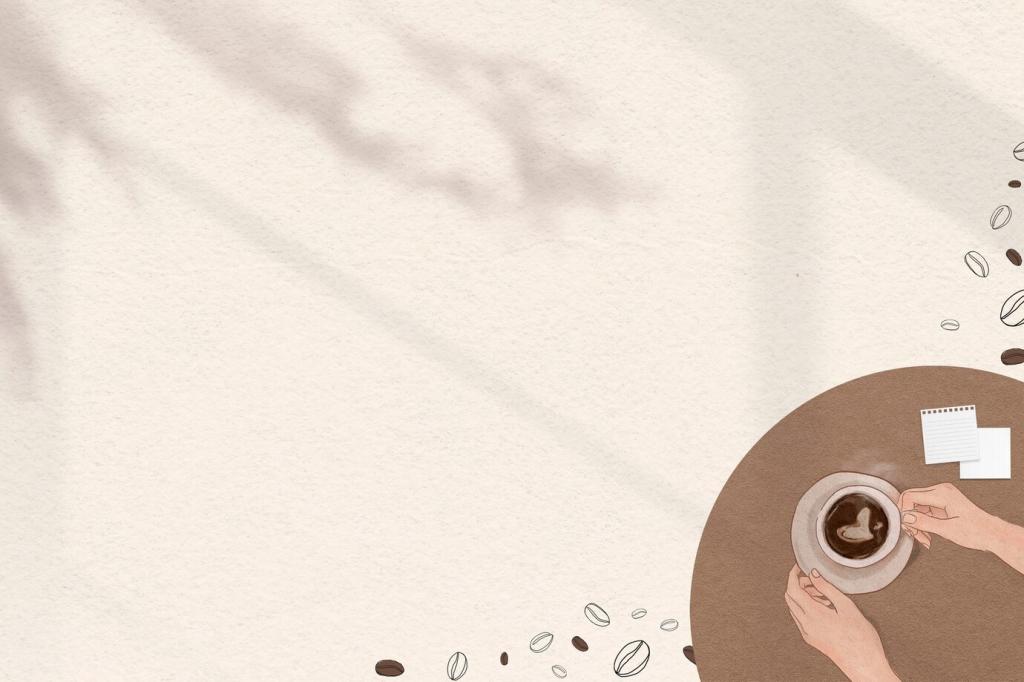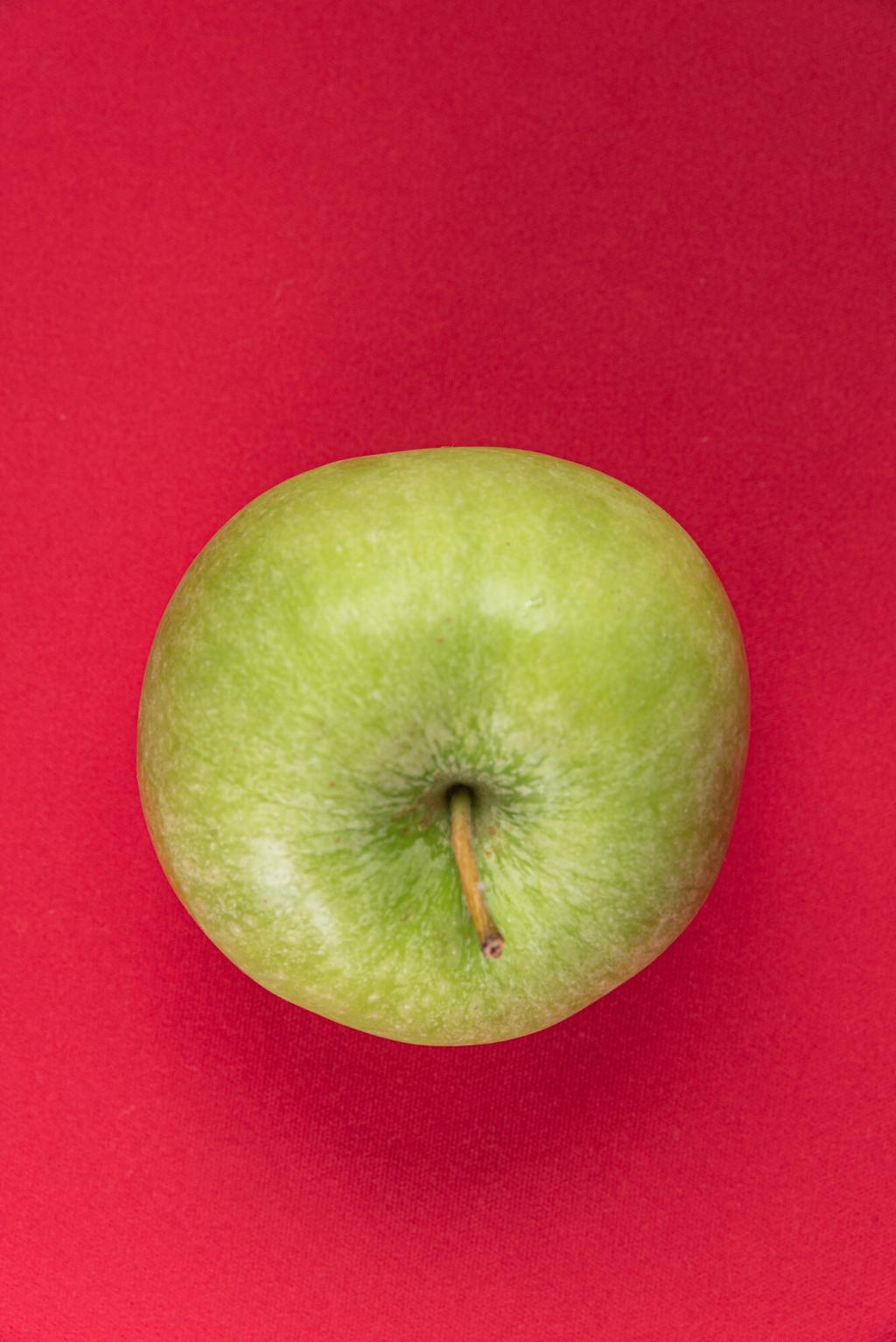Selected theme: Minimalist Art in the 20th Century. Welcome to a space where clarity, quiet, and purpose guide the eye. Together we will explore artists, ideas, and stories that prove restraint can be profoundly expressive—join in, look closer, and share your reflections.


Origins and Influences of Minimalist Art
Bauhaus practicality, De Stijl geometry, and Zen calm converged to shape Minimalist Art’s foundational ethos. Mies van der Rohe’s “less is more” reframed beauty as precision, while Japanese aesthetics emphasized emptiness as fertile space rather than absence.
Origins and Influences of Minimalist Art
Artists adopted steel, aluminum, plywood, and fluorescent light, turning everyday industrial matter into rigorously conceived artworks. Their shift from gesture to object questioned authorship, craft, and the boundary between art and manufacturing in a rapidly modernizing world.


Key Figures Who Defined the Movement
Judd rejected illusion and favored real space, fabricating stacks and boxes with immaculate edges. His works resist symbolism, insisting on their own presence. They ask us to consider proportion, interval, and the ethics of clarity in an age of clutter.
Key Figures Who Defined the Movement
Agnes Martin’s delicate hand-drawn lines and pale fields offer calm, not coldness. Working in New Mexico, she translated silence into barely-there grids. Her paintings reward lingering attention, revealing tremors of emotion beneath surfaces that first appear serenely austere.
Slow Time, Sharp Attention
Minimalist Art often reveals itself gradually. Approach with patience, moving closer and then stepping back. Notice edges, joints, and reflections. Tiny decisions—screw placement, seam alignment—carry meaning. The gift of the work emerges as your attention steadies and deepens.
The Space Between Works
Spacing is not empty; it is part of the composition. In a gallery, the gaps between pieces reset your perception, setting a rhythm of pause and encounter. Once, in a long white corridor, I felt the silence measure my footsteps.
Stories from Studios and Streets
In a drafty SoHo warehouse, an artist measured plywood sheets by morning light, then sent precise drawings to a fabricator. When the crates returned, he checked every seam. A lifelong devotion to fairness in form began with that first perfect corner.
Stories from Studios and Streets
A first-time visitor walked into a Dan Flavin room and paused, speechless. Not from spectacle, but from calm. The colored light softened her thoughts. She later wrote that the installation felt like learning to breathe again after years of hurry.


Minimalism at Home and Work
Begin by honoring negative space. Remove one unnecessary object from a surface and live with the change for a week. Notice how daylight starts to draw lines across the room, turning walls into quiet compositions that support, rather than compete with, you.
Minimalism at Home and Work
Choose a single work with strong geometry—photograph, print, or drawing—and hang it at eye level with generous margins. Resist adding neighbors. The surrounding blankness is part of the piece, creating a breathing frame that sharpens color, contour, and mood.

Debates and Misconceptions
01
Minimalist Art can appear easy, yet its rigor lies in precision and restraint. Each decision—scale, spacing, fabrication—carries conceptual weight. When every element matters, simplification becomes labor, discipline, and a demanding, ethical form of clarity.
02
Although many minimalists emphasized objectivity, artists like Agnes Martin embraced quiet feeling. Post-Minimal figures, including Eva Hesse, added tactility and vulnerability. The debate reminds us that simplicity can hold complexity, and that calm can be deeply, unmistakably human.
03
Minimalism is not confined to elite collections. Public installations, university galleries, and digital archives welcome exploration. Share local spaces you love below. We will map community-friendly venues and invite curators to discuss how to make these experiences more welcoming.
Create, Share, Engage
Choose one color and design a small composition using only shape, interval, and proportion. Photograph it in different lights. Post your reflections and link us—minimal constraints often spark surprising generosity and imagination in both maker and viewer.

